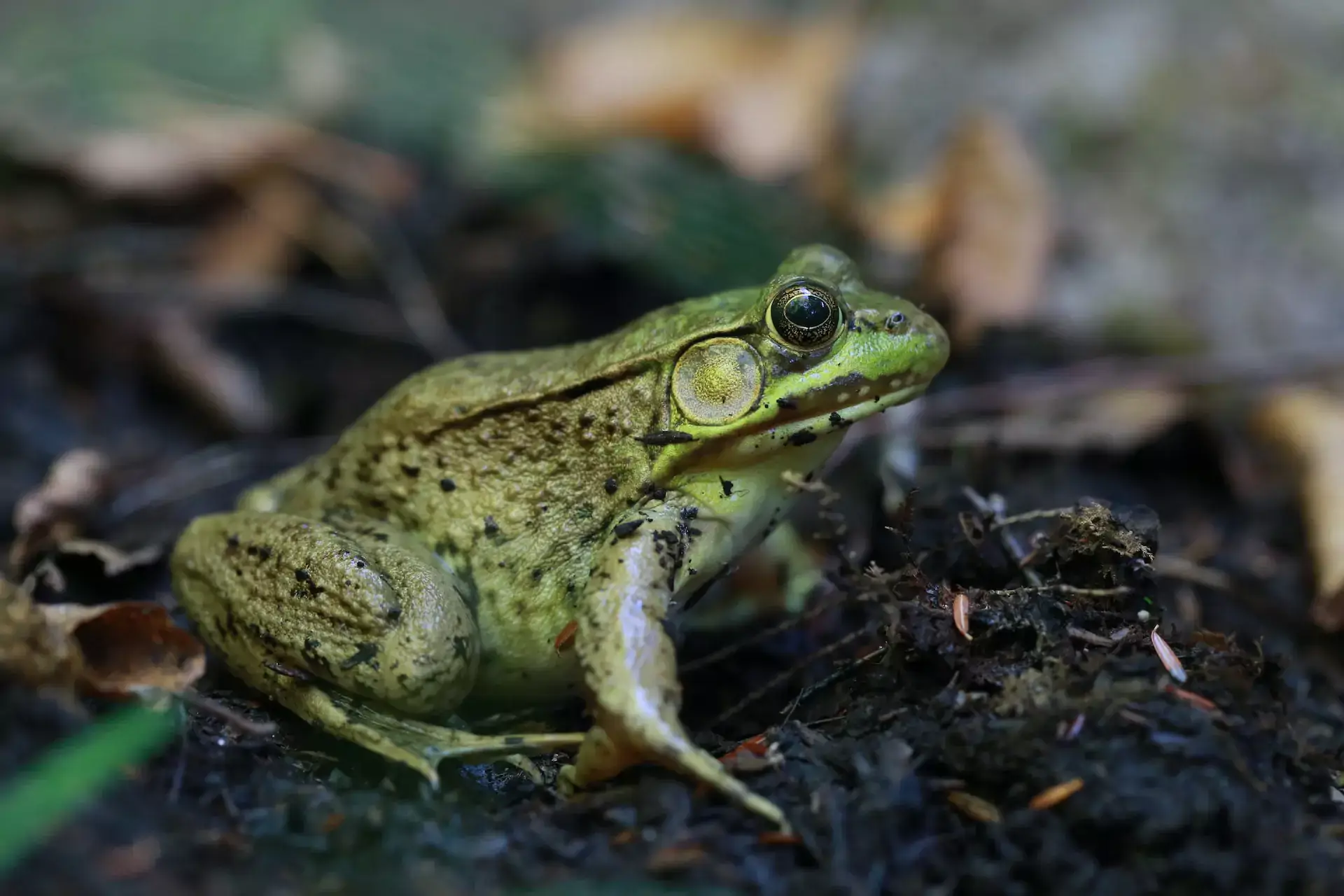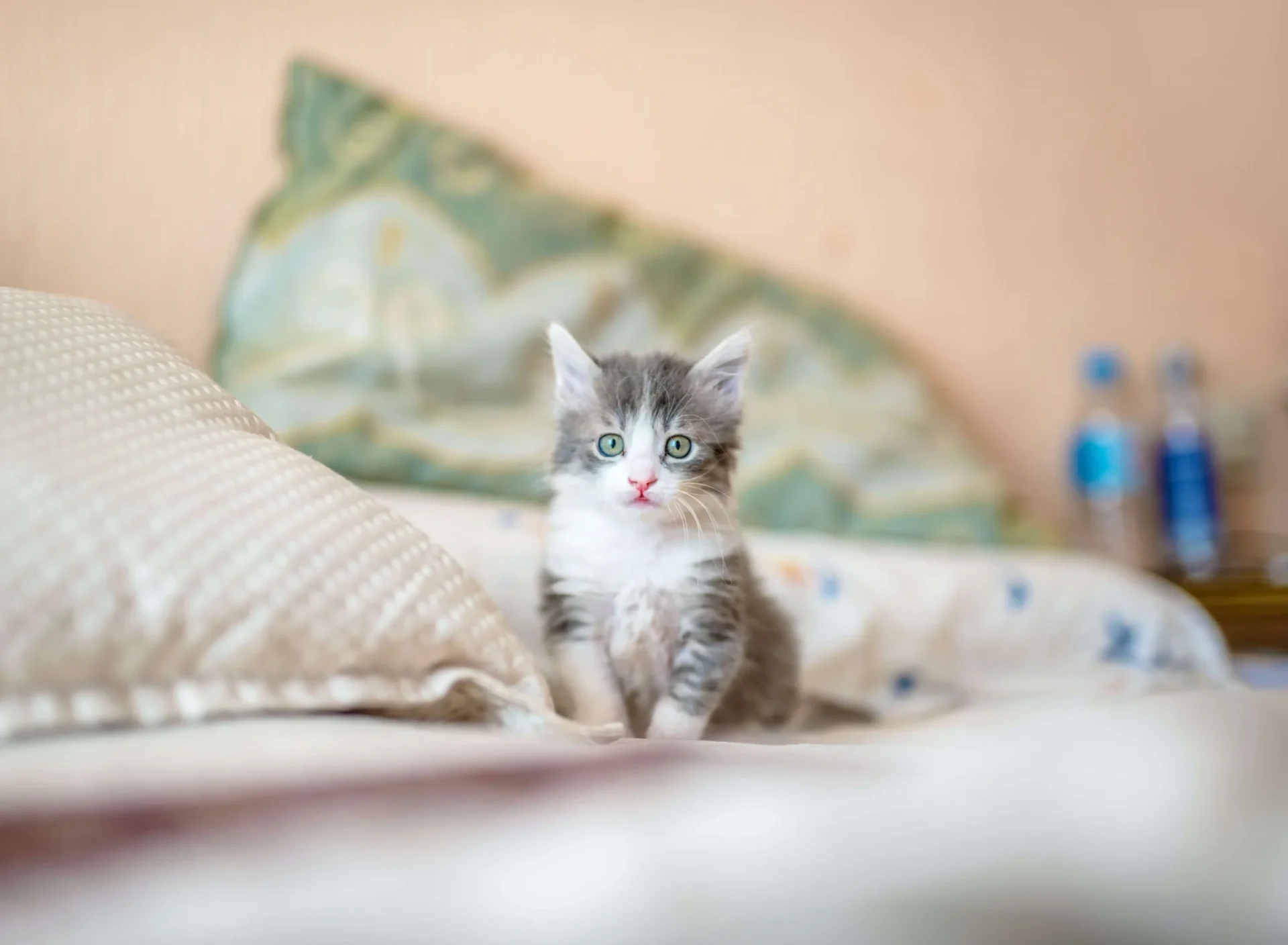Sugar gliders are becoming quite popular. It isn’t hard to see why. These adorable little animals are typically fairly inexpensive. They’re also really cute, don’t need much room, and are small enough to easily pass weight restrictions from landlords or HOAs. Many people are opting for small animals as pets these days. However, like any other pet, gliders need great care in order to thrive. A local Oshawa, ON vet goes over some care tips in this article.
What Are Sugar Gliders?
Many people think that these adorable little guys are rodents, but they are technically marsupials. Sugar gliders are native to Australia and Indonesia. They have only fairly recently joined the ranks of our companion animals. They first started becoming popular in the exotic pet niche in the 90’s.
What Are Some Fun Facts About Sugar Gliders?
Sugar gliders are quite unique. Their care needs are in some ways close to that of a pocket pet, and in other ways closer to bird care. As with any pet, it’s important to do a lot of research before deciding to adopt one.
Here are a few fun facts:
They’re Nocturnal: Sugar gliders are most active at night. That’s something to keep in mind if you are thinking about getting one for a child. If you put the cage in your little one’s bedroom, your tiny furballs may keep your child up at night!
They All Have A Sweet Tooth: Sugar gliders love eating sweet foods. (This is actually where the sugar in their name comes from.) In the wild, their natural diets contain lots of fruits, as well as nectar and honey.
They Really Do Glide: These little guys can glide up to 150 feet, or 45 meters.
It’s All In The Tail: That cute tail will take up about half of a glider’s body length, which is about a foot.
They’re Delicate: Gliders don’t have wings: they instead have a membrane that stretches from their wrists to their ankles, much like a flying squirrel. This thin ‘sail’ is called a patagium. It allows them to jump and glide through the air. However, it’s also very delicate. This is why you should never put a harness on a glider.
They Make Really Cute Noises: Our animal companions all have their own unique sounds. Sugar glider vocalizations often sound like a little dog barking.
They Need Friends: In the wild, gliders live in fairly large colonies, which may contain as many as 15 gliders. You don’t need to adopt that many, but you should definitely have at least two. If your cute pet doesn’t have any buddies, he’ll get quite depressed and lonely.
What Sort Of Cage Do Gliders Need?
Sugar gliders aren’t exactly hard to care for, but they do have very specific needs. You’ll need a fairly large cage. We would recommend getting one that is at least 24″W x 36″H, as a minimum. However, bigger is always better. These guys love to climb, so you’ll need something that is more tall than wide. The bars should be less than a half-inch apart, as otherwise your glider could get stuck and hurt. You’ll want something that has enamel or powder coating. Wire cages can cause injuries.
As for bedding, you can use non-treated wood shavings, shredded newspaper, or commercial liners or substrate. Check with your vet on this, as many popular substrates are toxic to gliders.
Don’t forget the furniture! You’ll need accessories, toys, and hides. Some things you can include are hammocks, pouches, swings, ladders, and tents. Your furry friends will also enjoy branches, (large) rings, bells, and bridges. Of course, you’ll need dishes as well.
Be sure to ask your vet for specific advice.
What Do Sugar Gliders Eat?
You can give your pets commercial glider food, but you’ll also need to supplement it with other safe foods, such as arugula, dill, or radicchio. As for treats, you can offer things like applesauce and honey sticks.
It’s also important to know what isn’t safe for your pets. Avoid anything that is high in calcium and oxalates, such as spinach, carrots, beets, pears, lettuce, figs, raspberries, strawberries, blackberries, and collards. Other unsafe foods include chocolate, garlic, and anything high in fat, salt, or sugar. Ask your vet for specific advice.
How Long Do Sugar Gliders Live?
Sugar gliders can live as long as 15 years. That’s quite a lot for a little animal: most smaller pets only live a few years. That long lifespan is one of many things you would want to look at before adopting sugar gliders.
What Are The Signs Of Sickness In Sugar Gliders?
Gliders are quite small, and are susceptible to many illnesses and diseases. You’ll need to do some research, and find out about common health issues and warning signs to watch for.
Here are some red flags:
- Lack of Appetite
- Abnormal breathing
- Dragging their hind legs
- Hair loss
- Constipation
- Eye Problems
- Diarrhea
- Lethargy
- Obesity
- Anorexia
- Seizures
- Shaking
- Vomiting
Contact your Oshawa, ON vet right away if you notice any of these issues.
How Do You Bond With A Glider?
Like many small animals, gliders are prey in the wild, and can be a bit timid. Once you earn your pet’s trust, you’ll find that your tiny buddy really becomes very attached to you. Because they are so social, gliders often bond with entire families. Of course, they’ll become most attached to whoever cares for them. Once they do get attached to someone, they will be extremely sad and distraught if they are separated from them or rehomed. For that reason, we strongly advise against getting gliders unless you’re absolutely sure that you’ll be keeping them for their whole lives. Otherwise, opt for something that doesn’t live as long, such as a hamster or Guinea pig.
That said, it may take you some time to earn their trust. Here are a few things you can do:
Use A Tent: Making a little tent, and petting your little buddies inside it can be a great way to get them used to you.
Offer Treats: That old saying about how the way to a man’s heart is through the stomach? That applies to many pets as well. Giving your tiny furballs yummy treats is a great way to help them form a positive association with you. Just stick with safe options, and take care not to overdo it. Ask your vet for advice.
Make It Fun: If you really want to pamper your little buddies, consider buying or making a special glider apron. This may sound silly, but many gliders love these! If you really want to go all-out, make your pets a fun climbing wall.
Wear Pouches: Sugar gliders like to curl up in little hammocks. You can wear a hoodie with a pouch, and let them sleep on it.
Make Your Scent Known: Gliders are very scent-oriented. Putting a worn t-shirt in your pet’s cage can help them get used to your smell.
Talk To Your Vet
This is just a very basic overview of sugar glider care. There’s plenty more information to cover. Don’t be afraid to ask your Oshawa, ON vet for recommendations and advice. We’re always happy to help!
Schedule An Appointment At Our Oshawa, ON Pet Clinic
Do you have questions about sugar glider care? Contact us, your Oshawa, ON pet hospital, today! We are dedicated to offering top-notch care.



